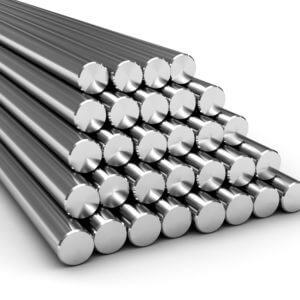
What is a Linear Shaft
A linear shaft is usually made from strong metals such as steel or stainless steel. It has a smooth and polished surface, which allows other parts to move easily along it. These parts may include bearings, sliders, or carriages that slide across the shaft without getting stuck. The shaft must be straight and hard to resist bending or wearing out over time.
Linear shafts can come in different sizes and lengths, depending on the machine and how much weight or pressure it needs to handle. In some systems, the shaft may be fixed in place, and the moving part slides along it. In other systems, the shaft itself may move along with the part.
Why Linear Shafts are Important
Linear shafts are important because they help guide movement in machines. When a part needs to move in a straight line, the shaft keeps it on track. This makes machines more accurate and reliable. Without a strong and smooth shaft, the moving part could shake, wobble, or go in the wrong direction. This could damage the machine or ruin the final product.
For example, in a 3D printer, a print head moves back and forth over a linear shaft to place the material in the correct position. In this case, if the shaft is not smooth or strong, the printer will not make clean or accurate shapes. That’s why choosing the right shaft is very important in any system.
Types of Linear Shafts
There are several types of linear shafts based on their design and use. Some are solid, while others are hollow to make them lighter. Some are coated with chrome or other materials to resist rust and reduce friction. Some shafts are supported along their entire length, while others are only supported at the ends.
Some common types include precision shafts, hardened shafts, and support rail shafts. Each one is made for a different kind of job and level of precision.
Where Linear Shafts Are Used
Linear shafts are used in many types of machines and tools. In factories, they are part of machines that cut, drill, or move products. In offices, they are inside printers and copiers. In robotics, they help robot arms move smoothly in straight lines. Even in medical devices, linear shafts are used for smooth and precise movement.
Conclusion
A linear shaft may look like a simple metal rod, but it plays a big role in how machines work. It helps guide movement, supports other parts, and ensures that machines operate smoothly and accurately. By using the right kind of shaft, engineers and builders can make machines that last longer and perform better. Whether in a large factory machine or a small office tool, the linear shaft is a key part of modern mechanical design.